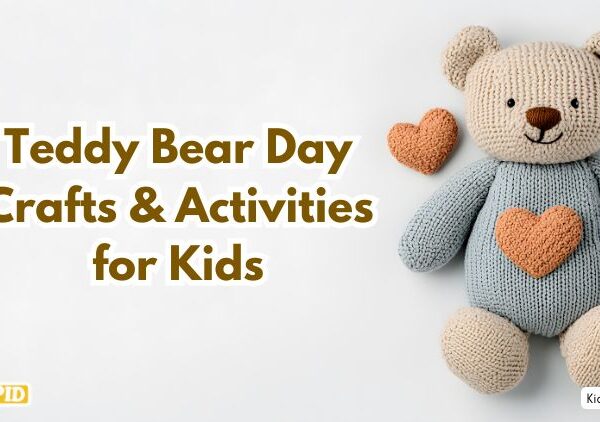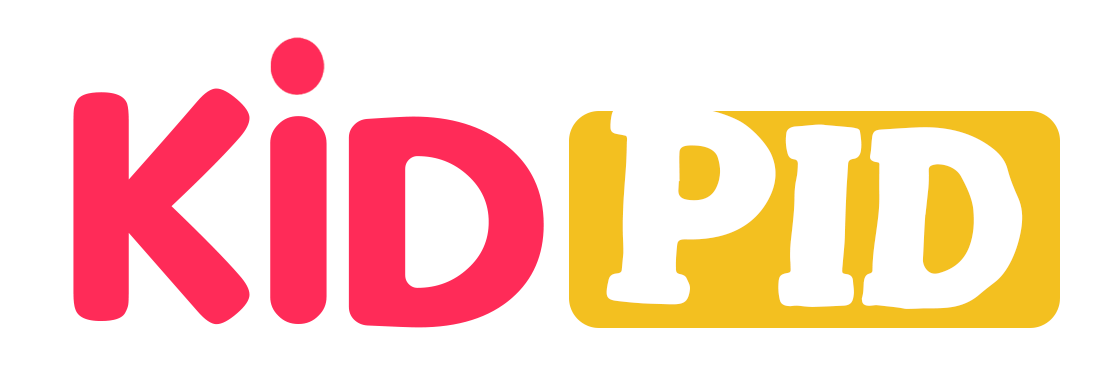The Gettysburg Address, delivered by President Abraham Lincoln on November 19, 1863, is one of the most powerful speeches in American history. In just 272 words, Lincoln reminded the nation of the importance of freedom, equality, and unity during the Civil War.
Celebrating the Gettysburg Address in school helps students connect with these timeless values and understand the impact of Lincoln’s words on America’s identity.
📖 1. Read and Reflect on the Gettysburg Address
Start the celebration by having students read or listen to the Gettysburg Address aloud.
- Choose a clear, dramatic reader or play a historical audio version.
- Encourage students to reflect on the meaning of key phrases such as “government of the people, by the people, for the people.” 🎓 Activity idea: After reading, ask students to summarize the speech in their own words or write a short reflection on what “freedom” means to them today.
🧑🏫 2. Classroom History Discussion
Host a discussion about the Civil War, the Battle of Gettysburg, and Lincoln’s leadership. Display maps and images to show where Gettysburg is located and why the battle was significant.
💬 Questions to guide discussion:
- Why was Lincoln invited to speak at Gettysburg?
- What message was he trying to send to the people?
- How do his words still inspire us today?
✍️ 3. Write Your Own “Modern Gettysburg Address”
Encourage students to write a short speech that reflects issues important to their generation — unity, respect, or kindness. Then, let them deliver their speeches in front of the class. 🎤 This builds public speaking, critical thinking, and writing skills while helping students relate history to the present.
🎨 4. Create a Gettysburg Address Poster or Art Display
Have students design posters featuring:
- Famous quotes from the speech
- Lincoln’s portrait or symbolic images like the American flag or eagle
- Their interpretations of the values of liberty and equality
🎨 Display the artwork in the classroom or hallway to spread awareness and pride.
📚 5. Reenact the Speech
Invite a student (or teacher!) to dress up as Abraham Lincoln and recite the Gettysburg Address to the class or during a school assembly. Add props like a stovepipe hat and a copy of the speech for authenticity. 🎭 This fun, interactive activity helps students visualize history and remember the words more deeply.
🕯️ 6. Hold a Moment of Reflection
After reading the speech, lead the class in a quiet moment of reflection to honor the soldiers who fought and died in the Battle of Gettysburg. 🕊️ This helps students connect emotionally to the meaning of remembrance and sacrifice.
🏫 7. Visit (or Virtually Tour) the Gettysburg National Cemetery
If possible, organize a field trip or virtual tour of the Gettysburg National Military Park. Students can see where Lincoln delivered the address and learn about the events that inspired it. 💻 Virtual resources are available through the National Park Service website.
🎬 8. Watch Educational Videos or Documentaries
Show short educational videos about:
- The Civil War
- The Battle of Gettysburg
- Abraham Lincoln’s legacy
🎥 Follow it with a short quiz or class discussion to reinforce understanding.
🧩 9. Create a Timeline of the Civil War
Ask students to research and create a visual timeline showing key events from 1861–1865, including where the Gettysburg Address fits in. 🗓️ This activity builds context and helps students see how Lincoln’s speech marked a turning point in American history.
🕊️ 10. “Freedom Wall” Activity
On a bulletin board, create a large “Freedom Wall.” Each student can add a note, quote, or drawing about what freedom, equality, or unity means to them today. This turns Lincoln’s message into something modern and personal.
🎯 Conclusion
Celebrating the Gettysburg Address in school isn’t just about memorizing words — it’s about understanding the values that shaped a nation. By combining reading, reflection, creativity, and discussion, students can connect Lincoln’s message of hope and equality to their own lives.
🇺🇸 “That government of the people, by the people, for the people, shall not perish from the earth.” Let these words continue to inspire every new generation of learners.





